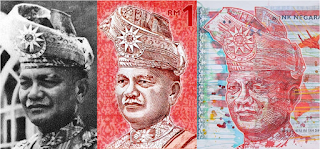Snippets: National Gallery Singapore, Jan 2016 (II)

…Painting European conventions into local subject matter, evolves into incorporating local styles. Walter Spies’ ‘Balinese Legend’ looks like a crossover of Henri Rousseau with a Chinese ink landscape. ‘Pasar’ by Hendra Gunawan projects a wonderful abstract style for its time, in painting a typical market scene. A Japanese soldier in Fernando Cueto Amorsolo’s ‘Marketplace during the Occupation’, recalls a tumultuous time despite its straightforward depiction. Vietnamese lacquer on board – with its golden splendour – demand its own compositional elements. S. Sudjojono’s large painting is a sight to behold, and befitting of its masterpiece status. Representative works by Malaysian and Singaporean artists from the 1960s are typically abstractions. Do Indonesian and Filipino art feature more politically-charged content, as compared to the rest of Southeast Asia? Hendra Gunawan – Pasar (c. 1940s) Batik patterns by Jaafar Latiff and Yusman Aman captivate, although it is the first



